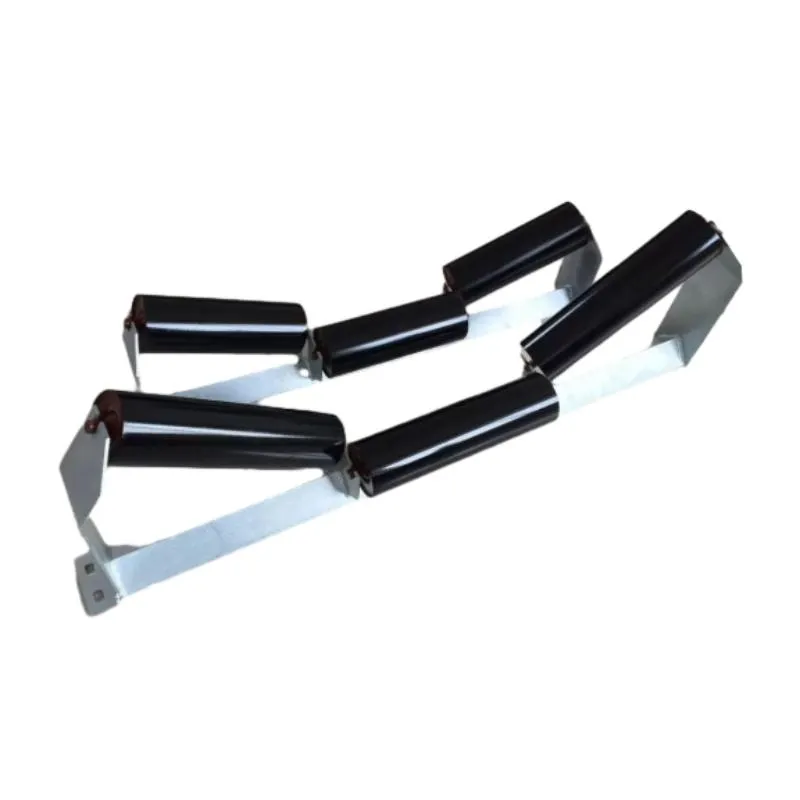 Afrikaans
Afrikaans  Albanian
Albanian  Amharic
Amharic  Arabic
Arabic  Armenian
Armenian  Azerbaijani
Azerbaijani  Basque
Basque  Belarusian
Belarusian  Bengali
Bengali  Bosnian
Bosnian  Bulgarian
Bulgarian  Catalan
Catalan  Cebuano
Cebuano  Corsican
Corsican  Croatian
Croatian  Czech
Czech  Danish
Danish  Dutch
Dutch  English
English  Esperanto
Esperanto  Estonian
Estonian  Finnish
Finnish  French
French  Frisian
Frisian  Galician
Galician  Georgian
Georgian  German
German  Greek
Greek  Gujarati
Gujarati  Haitian Creole
Haitian Creole  hausa
hausa  hawaiian
hawaiian  Hebrew
Hebrew  Hindi
Hindi  Miao
Miao  Hungarian
Hungarian  Icelandic
Icelandic  igbo
igbo  Indonesian
Indonesian  irish
irish  Italian
Italian  Japanese
Japanese  Javanese
Javanese  Kannada
Kannada  kazakh
kazakh  Khmer
Khmer  Rwandese
Rwandese  Korean
Korean  Kurdish
Kurdish  Kyrgyz
Kyrgyz  Lao
Lao  Latin
Latin  Latvian
Latvian  Lithuanian
Lithuanian  Luxembourgish
Luxembourgish  Macedonian
Macedonian  Malgashi
Malgashi  Malay
Malay  Malayalam
Malayalam  Maltese
Maltese  Maori
Maori  Marathi
Marathi  Mongolian
Mongolian  Myanmar
Myanmar  Nepali
Nepali  Norwegian
Norwegian  Norwegian
Norwegian  Occitan
Occitan  Pashto
Pashto  Persian
Persian  Polish
Polish  Portuguese
Portuguese  Punjabi
Punjabi  Romanian
Romanian  Russian
Russian  Samoan
Samoan  Scottish Gaelic
Scottish Gaelic  Serbian
Serbian  Sesotho
Sesotho  Shona
Shona  Sindhi
Sindhi  Sinhala
Sinhala  Slovak
Slovak  Slovenian
Slovenian  Somali
Somali  Spanish
Spanish  Sundanese
Sundanese  Swahili
Swahili  Swedish
Swedish  Tagalog
Tagalog  Tajik
Tajik  Tamil
Tamil  Tatar
Tatar  Telugu
Telugu  Thai
Thai  Turkish
Turkish  Turkmen
Turkmen  Ukrainian
Ukrainian  Urdu
Urdu  Uighur
Uighur  Uzbek
Uzbek  Vietnamese
Vietnamese  Welsh
Welsh  Bantu
Bantu  Yiddish
Yiddish  Yoruba
Yoruba  Zulu
Zulu Different Types of Pulleys Used in Belt Conveyor Systems Explained
Types of Pulleys in Belt Conveyors
Belt conveyors play a crucial role in various industrial applications, providing an efficient means of transporting materials from one point to another. Central to the functioning of belt conveyors are the pulleys – essential components that help in the movement of the conveyor belt. In this article, we will explore the different types of pulleys used in belt conveyors, their functions, and their significance in the operation of the system.
1. Head Pulleys
Head pulleys, also known as driving pulleys, are located at the discharge end of the conveyor. They play a critical role in moving the belt and, consequently, the materials on it. Head pulleys are typically powered by an electric motor which drives the belt in a continuous loop. These pulleys are often grooved to improve the traction between the belt and the pulley, reducing slippage and providing a more efficient transfer of materials. The design and size of head pulleys can vary based on the specific requirements of the conveyor system, including the type of materials being transported and the required speed of the conveyor.
2. Tail Pulleys
Contrary to head pulleys, tail pulleys are located at the loading end of the conveyor system. Their primary function is to support the return of the conveyor belt as it moves back to the head pulley. Tail pulleys are typically non-driven, meaning they do not provide propulsion for the belt but instead serve as a stabilizing support structure. This support is crucial for maintaining belt tension and alignment, which is vital for the efficient operation of the conveyor system. Tail pulleys can be equipped with various features, such as lagging (a surface treatment that improves grip) or enclosed designs to protect against material buildup.
3. Snub Pulleys
Snub pulleys are utilized primarily to improve the contact angle between the belt and the head pulley, which increases the grip between the two and helps to drive the belt more effectively. Located close to the head pulley, snub pulleys are strategically placed to enhance the overall efficiency of the conveyor system. By increasing the wrap angle of the belt around the head pulley, snub pulleys can help in maintaining uniform tension across the belt, ensuring smooth operation even under varying loads.
types of pulleys in belt conveyor

4. Return Pulleys
As the conveyor belt returns to the head pulley, it must do so in an efficient manner to maintain strong operational flow. Return pulleys serve this purpose by guiding the belt smoothly along its return path. They are generally smaller in size compared to head and tail pulleys and are key to ensuring proper tension and alignment of the returning belt. Return pulleys are also important in reducing wear on the conveyor belt and preventing potential damages caused by misalignment.
5. Bend Pulleys
Bend pulleys are used when the conveyor belt must change direction significantly. These pulleys are designed to handle increased stress and tension that arises during directional changes. They are typically installed at locations where tight turns in the conveyor path are necessary, such as in enclosed spaces or complex transporting systems. The design of bend pulleys is crucial for ensuring that the belt does not experience excessive wear, and they are often constructed with durable materials to withstand the demanding operational conditions.
6. Take-Up Pulleys
Take-up pulleys are integral to maintaining the belt tension in a conveyor system. They are used to adjust the length of the belt to accommodate changes in material load and to compensate for wear and stretching of the belt over time. By allowing for adjustments in belt tension, take-up pulleys help in preventing slippage and prolonging the life of both the belt and the entire conveyor system.
Conclusion
In summary, the various types of pulleys used in belt conveyors, including head pulleys, tail pulleys, snub pulleys, return pulleys, bend pulleys, and take-up pulleys, each serve unique and essential functions. Understanding these components is critical for effective operation and maintenance of belt conveyor systems. By choosing the right pulley type for specific applications, industries can optimize performance, enhance efficiency, and reduce operational costs. As technology and materials continue to advance, the design of pulleys will likely evolve, further increasing their effectiveness and durability in industrial applications.
-
Revolutionizing Conveyor Reliability with Advanced Rubber Lagging PulleysNewsJul.22,2025
-
Powering Precision and Durability with Expert Manufacturers of Conveyor ComponentsNewsJul.22,2025
-
Optimizing Conveyor Systems with Advanced Conveyor AccessoriesNewsJul.22,2025
-
Maximize Conveyor Efficiency with Quality Conveyor Idler PulleysNewsJul.22,2025
-
Future-Proof Your Conveyor System with High-Performance Polyurethane RollerNewsJul.22,2025
-
Driving Efficiency Forward with Quality Idlers and RollersNewsJul.22,2025





























